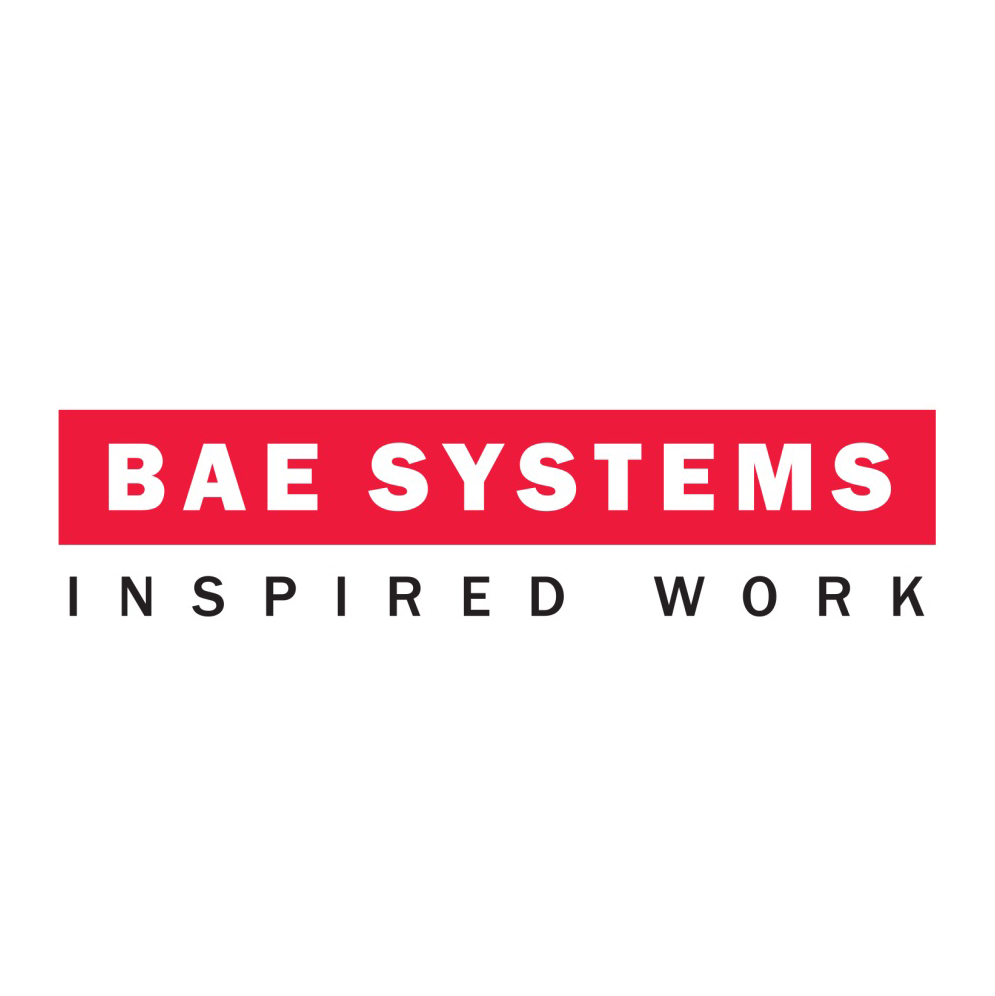Maintain optimum inventory levels, enable inter departmental sharing of your stock, parts, inventory and consumables by keeping track of allocations by locations/departments/people. Track, reorder, move, change and report on consumables and spare parts. Monitor what quantity is used for what purposes and actively manage stock reordering.
- Get In Touch
- Solutions
- Enterprise Asset Management
- Maintenance Management
- Inventory Management
- Evidence and Exhibit Management
- Building and Facilities management
- Tracking and Accountability Solutions
- Fleet management
- IT Equipment Management
- Compliance and Governance
- Risk and Safety
- Sustainability and the Environment
- Asset Audit Solutions
- Financial Tracking
- Loan and Lease
- Mobility Solutions
- Barcodes/ RFID Solutions
- Integrated EAM Solutions
- Industries
- About
- Partners
- Insights









